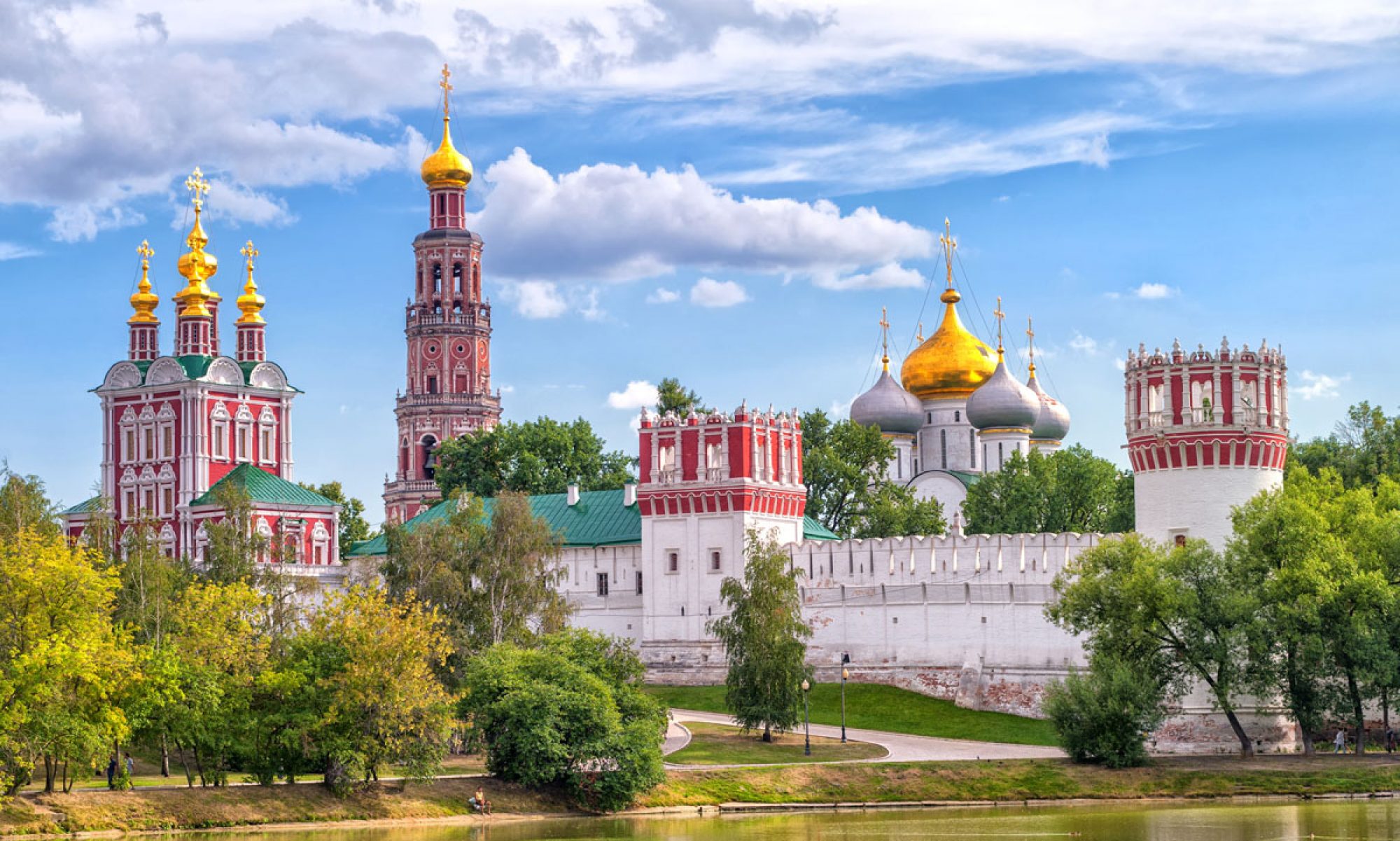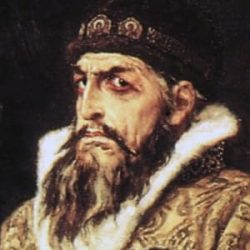Something that largely stuck out to me during the second half of the Russian Serfdom piece was the developments within Purlevskii’s village. On page 105 and 106 Purlevskii discusses his development of a local school and medical facility for the serfs as well as his hope of establishing a trade school. These developments seemingly made serf life bearable for most. I wonder if serfdom would have continued had land owners implemented better village facilities.
Catherine the Great’s Accession to the Throne
After the death of Peter the Great Russia was left in a state of disputability due to him not naming an heir. This caused the throne to have a total of six rulers over the course of the next thirty-seven years. While these short rules was an unfortunate reality due to the short lifespans of the time, the problems that were caused as a result were further escalated due to the largely differing ruler of these six individuals. The most notable of these rulers being, Anne, Elizabeth, and Peter III. Anne was the daughter of Peter the Great’s half brother Ivan V, and she agreed to take the throne under a list of “Conditions” which was set by the Supreme Privy Council. However, after Anne’s accession to the throne she disregarded the “Conditions” and abolished the Supreme Privy Council. Additionally she tended to favor her German patrons, and was know for normalizing an excessive amount of luxury within the nobles of the state. Elizabeth was the daughter of Peter the Great and was determined to return Russia to the glory days of Peter the Great. She furthered the Russian institutions that Peter created and furthered the Russian state as a world power by partaking in the Seven Years’ War. However, for all the work Elizabeth did she also caused several issues such as her obsession with the aesthetic of the west and attempting the implement that in Russia. This caused the Russian state to sink into a deep debt with no way to recover as they could not tax the struggling peasants any further. Peter III was nominated by Elizabeth to act as her heir to the throne and was the son of Elizabeth’s sister. Peter was said to be feeble minded and act according to his whims. The most notable example would be his choice to withdraw Russia from the Seven Years’ War to protect Prussia as he had a deep admiration for Frederick the Great who ruled Prussia at the time. This made Peter extremely unpopular amongst the Russian nobles and military leaders as this would have been a powerful defeat for the Russian state. However, throughout Peter III’s rule his wife, Catherine, spent her time wisely making powerful allies and making herself a necessary piece of the Russian political society. As Peter continued to fall in favor Catherine plotted to overthrow him and take the throne with the support of several Russian officers, nobles, and guards. In the summer of 1762 Peter III was deposed and Catherine was crowned as Empress. Catherine was seemingly adored by those that sided with her. A significant example being how the Guards started to riot to protect Catherine when they heard a rumor that she was going to be attacked by Prussians and later apologized for waking her up. Catherine marks the end of the instability that followed Peter the Great’s death and we will see the dedication that she has for the state and the cunning with which she will rule.
Catherine’s letter to Poniatowski outlines her accession to the throne and the motives she had behind her rebellion. Catherine was subjected to a failing marriage that was largely characterized by their adulterous nature and quarreling. Peter had solidified his true feelings toward his wife when he tried to have her arrested. With her true love being Russia, Catherine planned to dethrone her husband for six months and elicited the help of officers and privates alike. The Orlov brothers were the main proponents of her accession and provided her with support and protection. Despite the challenges that Catherine faced, she was met with unwavering support by the troops. She was credited with saving the country because Peter lacked the intelligence to be a successful leader.
Questions:
- Did Peter the Great’s work with the Westernization of military and education have a direct effect on Elizabeth’s obsession with obtaining the aesthetic and ornateness of the West through excessive shower of wealth? pg. 214. pg. 156
- In the piece Catherine II’s Account of Her Accession to the Throne she makes several references to how much the guards and the other officers are willing to do for her as well as describing how courageous they are. Is this a political move to make herself seem more like the chosen leader of Russia or an honest account?
- Was Peter III choice to withdraw Russia from the Seven Years’ War the key piece that lead to his downfall or was it inevitable due to his incompetence as a leader?
- Was the period after Peter the Great’s death a time of growth in social freedom for women? We see the rule of three women within the following thirty-seven year after his death as well as an increase in women taking on lovers publicly and an increase in divorces or separations. pg 163
- Elizabeth while on the throne failed to make any improvements for the state and instead revoked the laws that were established under Empress Anne that had caused some improvements. Was Elizabeth’s rule tainted by her pursuit to honor her father’s memory? pg. 155
- Catherine methodically planned her accession for many months and used non-violent tactics. Would Catherine’s accession to the throne have been successful if she had used violence instead?
- Catherine was adamant about leading the country herself. Why was this method more effective than electing an outsider to take Peter’s throne?
- On page 74 Catherine mentions Osten’s devotion to her, what does this reveal about her character? Is she a blameless victim in the story of her accession?
- In the past we have seen Tsars and Emperors banish their wives to convents. What would have been the effect of arresting Catherine opposed to sending her to a convent.
- On page 74 Catherine introduces Elizabeth Worontsov as the woman to which her husband hoped to be betrothed. What other role does Elizabeth play in Catherine’s accession?
The Code of Law of 1649
At the end of the time of troubles the state was left with one primary goal and that was to enforce and protect the legitimacy of the Tsar. After the immense amount of chaos and strife that had occurred during the Time of Troubles the Russian state wanted to do everything in it’s power to prevent another political or physical attack against the Tsar. This desire led to the centralization of state power which would than enforce stricter state control over the Russian people to prevent further conflicts. This led to bureaucratic developments such as the Voevoda who grew in power and had roles that were similar to those in a modern bureaucracy. As well as the Zemskii Sober who function almost as a legislative branch, however, it is worth noting that the Zemskii was not written into law and had no cultural tradition within the state. The centralization of state power came to its peak with the codification of 1649. The Code of Law of 1649 otherwise known as the Ulozhenie was the most significant piece of law codes developed in Russia up to this point as it was the most formal as well as the fact that it was intended to apply to everyone within the state. It was developed by the Zemskii and was a clear representation of the authority that they had if only for a brief time within the Russian state. The Ulozhenie did several things to further establish legitimacy to the Tsar as well as further assert state control. The most notable being the severe punishment of traitors and those that threaten the state, the legalization of enserfment, and the seizing of church lands. The development of the Ulozhenie was greatly significant due to the power it gave to the state and how it seized what little control that those residing in the state had left.
Questions:
-Why assist the church by punishing blasphemers and heretics and yet prohibit the expansion of church land? Chapter 1 pg 294
-Why is it significant that the Ulozhenie established stricter laws preventing people from harming or stealing each other? Should the Ulozhenie only focus on punishing those who harm the state?
-The establishment of a travel documentation is mentioned in Chapter 6, why is the state concerned with travel documentation?
-Was the development of the Voevoda and the Zemskii Sober significant and if so why?

